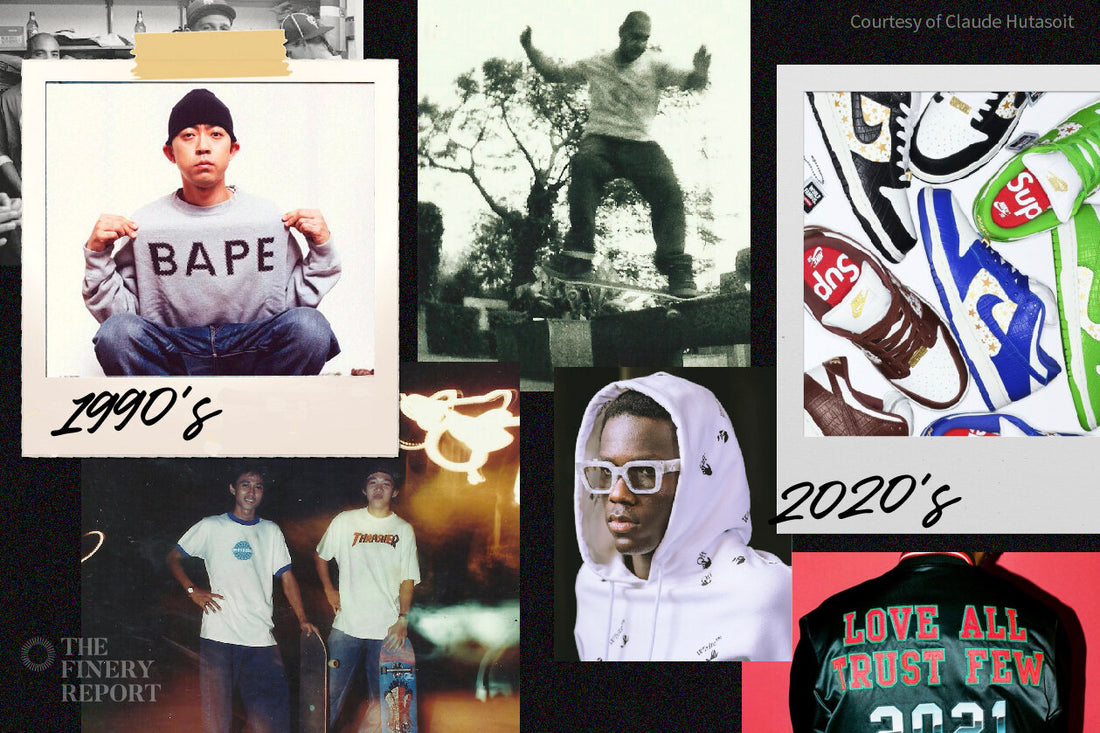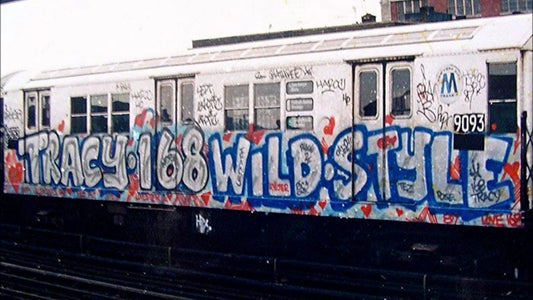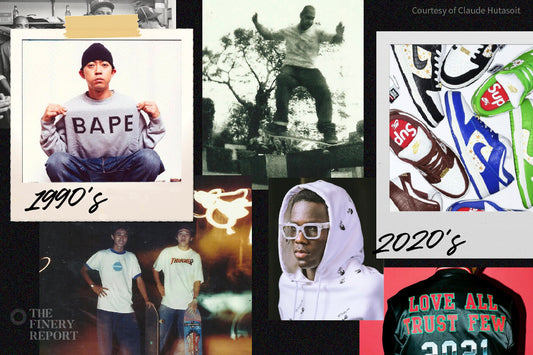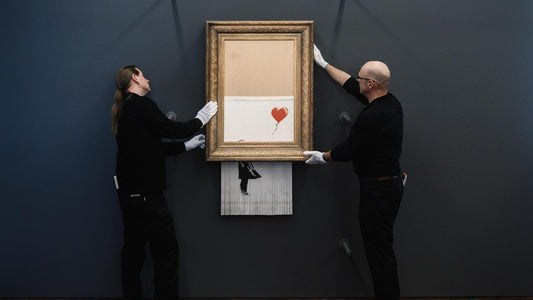
Die Entwicklung der Streetwear: Von der Gegenkultur zum Mainstream-Cool
Streetwear, das Ergebnis von Rebellion und urbaner Kultur, hat eine faszinierende Entwicklung durchgemacht. Einst ein Nischenstil, der von Skatern und Hip-Hop-Fans bevorzugt wurde, ist es heute ein globales Phänomen, das die Modewelt neu geprägt hat.
Die Geburt der Streetwear
Streetwear entstand Ende des 20. Jahrhunderts auf den rauen Straßen der amerikanischen Großstädte. Sie war eine Rebellion gegen die stickige Welt der Haute Couture und legte Wert auf Selbstdarstellung, Komfort und eine Do-it-yourself-Ethik.
Einfluss des Skateboardings
Die Skateboard-Subkultur spielte eine bedeutende Rolle bei der Entwicklung der frühen Streetwear. Marken wie Vans, Thrasher und Stussy versorgten Skater mit strapazierfähiger und stylischer Kleidung und führten so zur Entstehung der Streetwear-Ästhetik.
Hip-Hop und Streetwear Fusion
Die Hip-Hop-Kultur bereicherte die Streetwear-Bewegung um eine weitere Ebene. Kultkünstler wie Run-DMC und LL Cool J wurden zu Stilikonen und trugen übergroße T-Shirts, Goldketten und Snapback-Mützen.
Streetwear heute
Heute ist Streetwear kein Randthema mehr, sondern eine dominierende Kraft. Marken wie Supreme, Off-White und A Bathing Ape haben Streetwear in den Mainstream gebracht und beeinflussen Haute Couture und Alltagsgarderobe.
Streetwear trifft High Fashion
Einer der auffälligsten Veränderungen ist der Einzug von Streetwear in die Haute Couture. Designer wie Virgil Abloh, Kreativdirektor der Herrenmode von Louis Vuitton, haben die Grenzen zwischen Streetwear und Luxusmode verwischt.
Die Zukunft der Streetwear
Die Zukunft der Streetwear ist eine Mischung aus subkulturellen Wurzeln und Mainstream-Akzeptanz. Im Zuge ihrer Weiterentwicklung können wir noch mehr Kreativität und bahnbrechende Designs erwarten.
Abschluss
Der Weg der Streetwear vom Underground in den Mainstream ist ein Beweis für ihre Macht als kulturelle Kraft. Es geht nicht nur um Mode; es geht um Selbstdarstellung, Individualität und einen Hauch von Rebellion, der das Herzstück dieses sich ständig weiterentwickelnden Stils bleibt.


